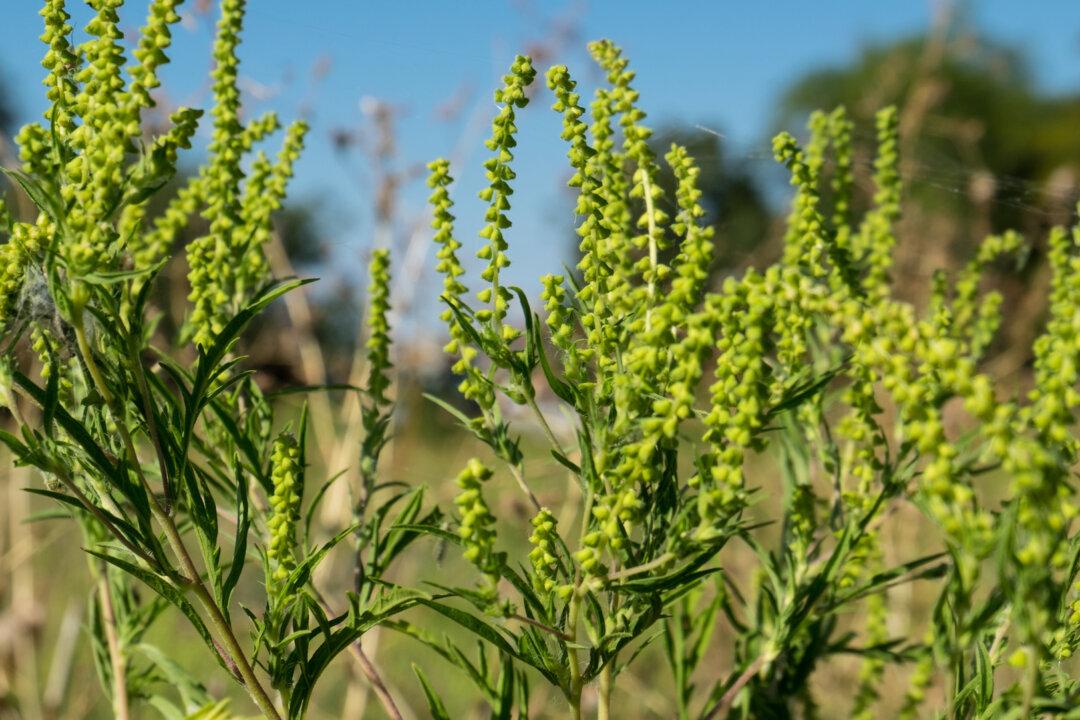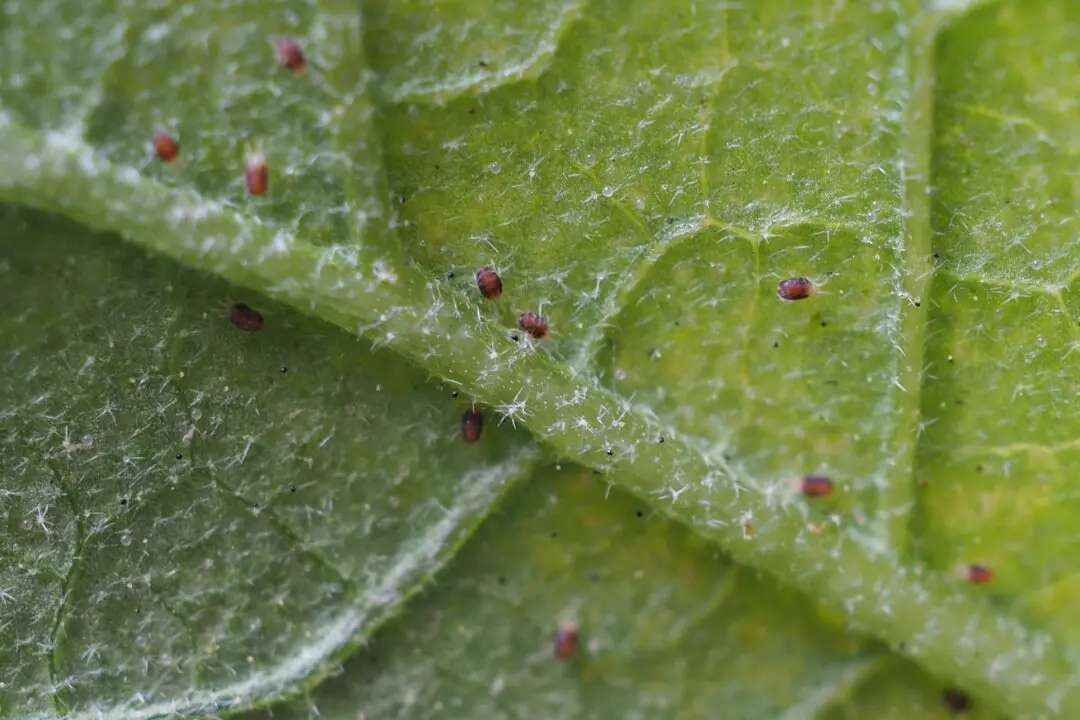Ragweeds are in the Ambrosia genus in the Aster family. There are about 50 species of ragweed. Most grow in the desert areas of the U.S. Southwest and Mexico. Some species have been spread around the world, where they are now invasive species.
The common name is based on the fact that the leaves may look ragged. The genus name of Ambrosia means “food of immortality.” The two most common species are the common ragweed, Ambrosia artemisiifolia, and the giant ragweed, Ambrosia trifida. Artemisiifolia means that the leaves look like leaves of plants in the genus Artemisia, and trifida indicates that the leaf often has three lobes.





